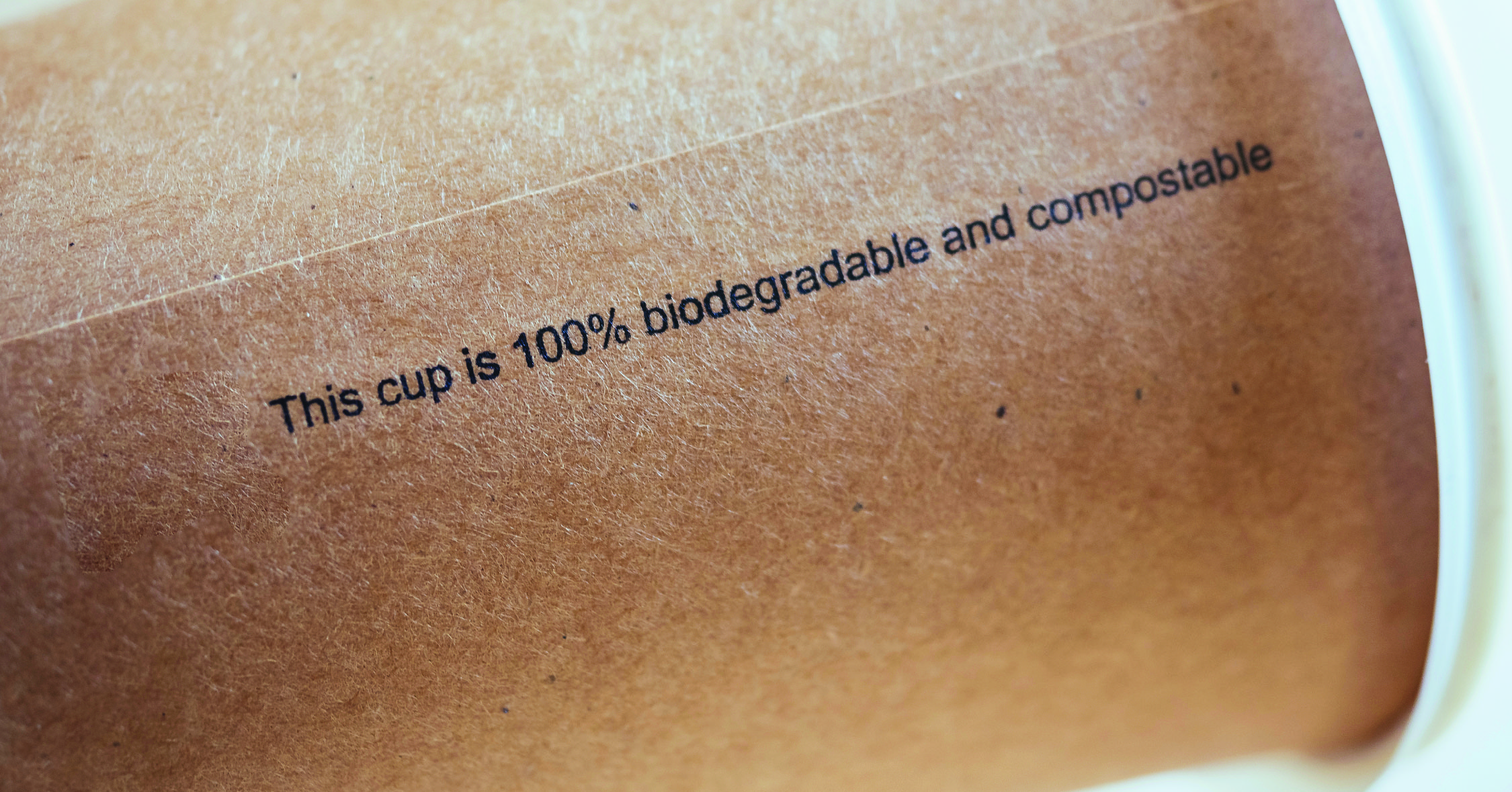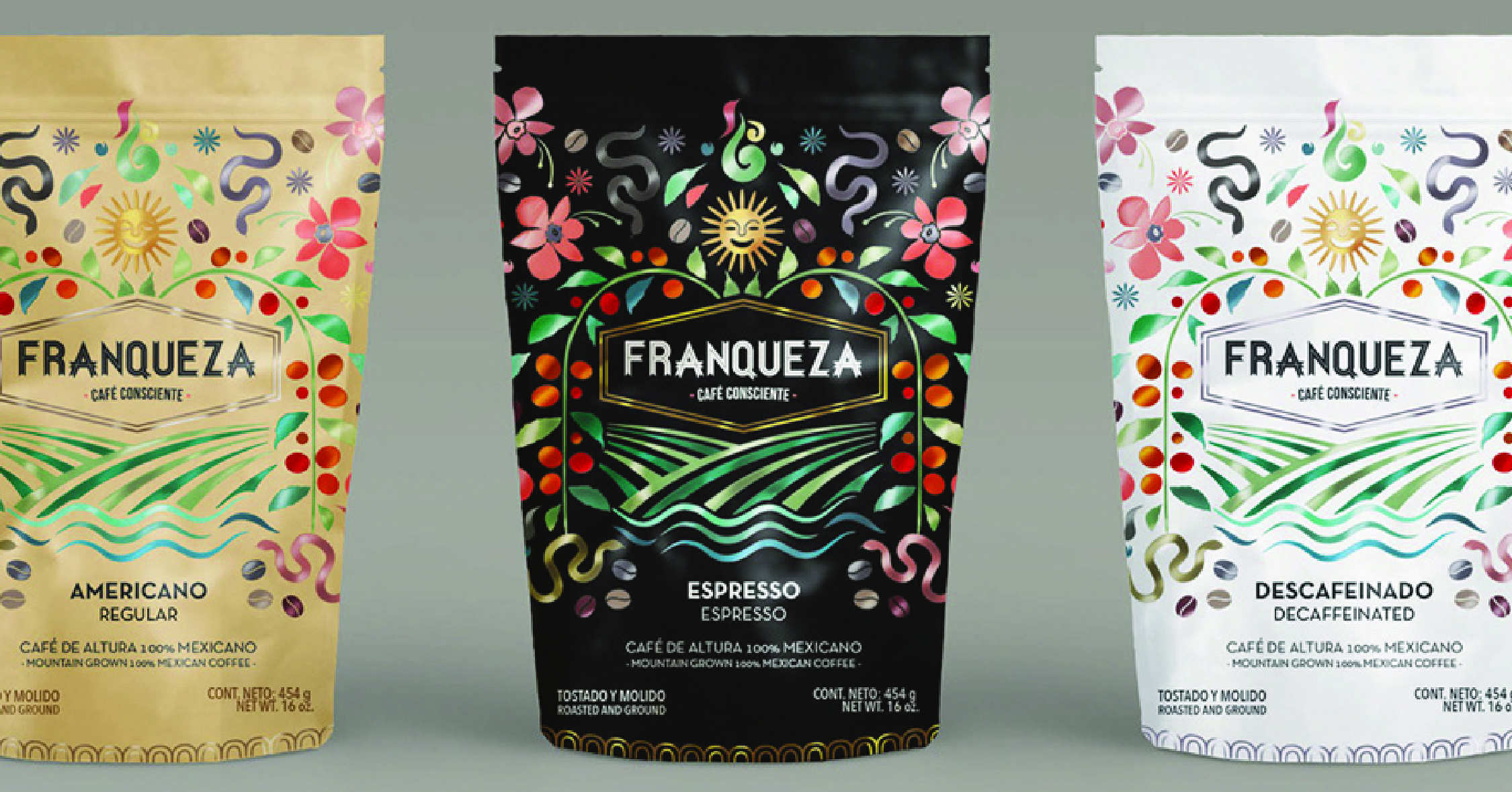What differentiates flexible packaging from rigid?
Convenience
Vital to the success of the CPG industry is an understanding of ever-changing consumer demands. As customers engage in increasingly fast-paced lifestyles, they crave the convenience factor from products and services they purchase. Manufacturers cater to these needs by adopting packaging formats that can be easily taken on-the-go, effortlessly opened, and quickly disposed of. Flexible packaging designs that include zippers, peel-off lids, pouring spouts and microwavable pouches attract customers more often than traditional formats.
Cost Savings
As e-commerce and personalization trends develop, prices are being reduced while costs are driven up. Therefore, cost savings from packaging are needed to offset this increase in cost. By converting to flexible packaging, brands can reduce material costs, shipping costs, and ease many logistical challenges. Packaging formats such as stand-up pouches require much less material to create, saving you money on both materials and the energy costs incurred while producing the package. The risk factor is reduced while shipping a large quantity of flexible packages versus breakable glass jars. Flexible packaging eases logistical issues in the supply-chain by increasing the efficiency of the process and reducing costs wherever possible.
Environmental Benefits
Consumers and brands have begun expanding their sustainability initiatives, demanding recyclability or compostability of materials in addition to the development of a curbside pickup system. The transition from rigid to flexible packaging can accomplish these demands and provide sustainability benefits throughout the entire lifecycle of the package. Flexible packaging has proven environmental attributes such as reduced fossil fuel and water usage, a more equal product-to-package ratio, and less material ending up in landfills than other package formats.







